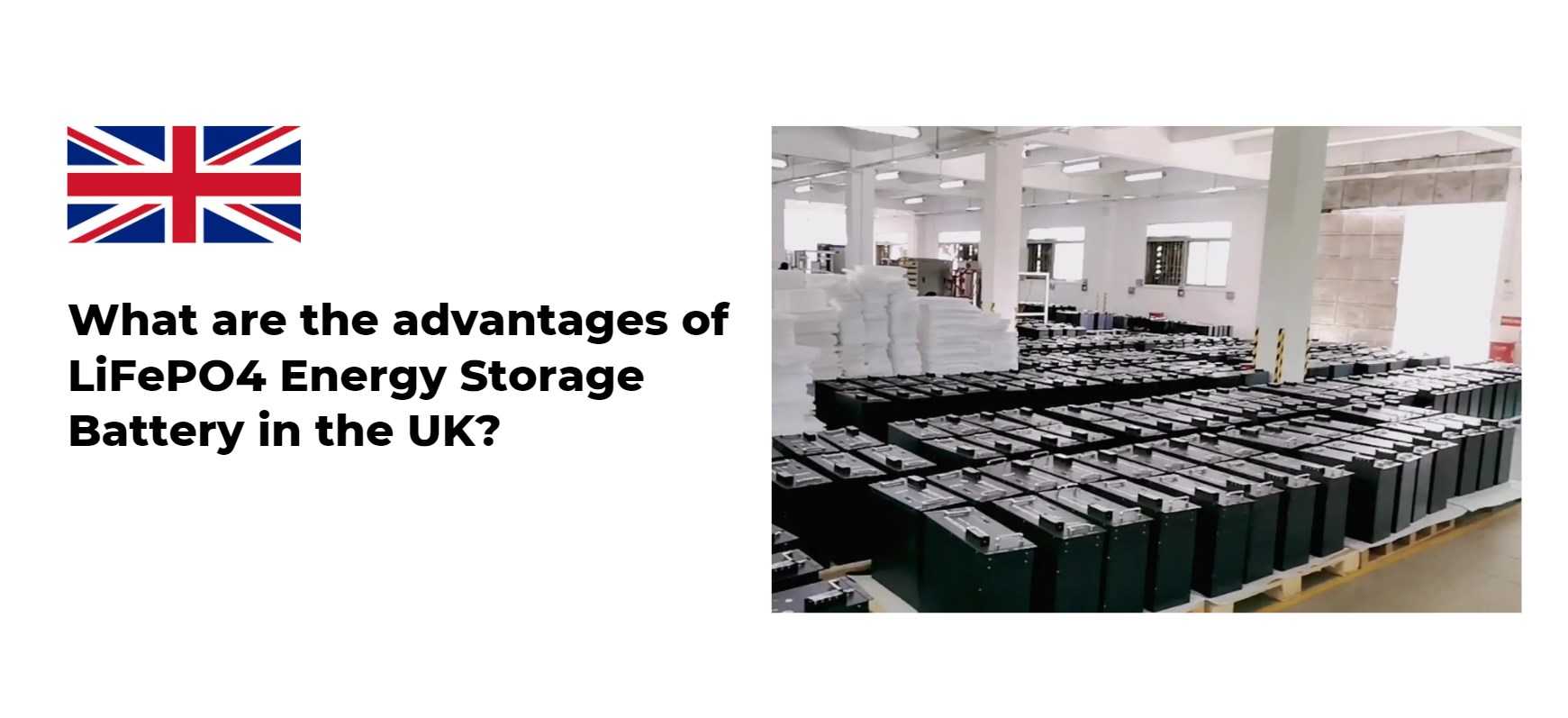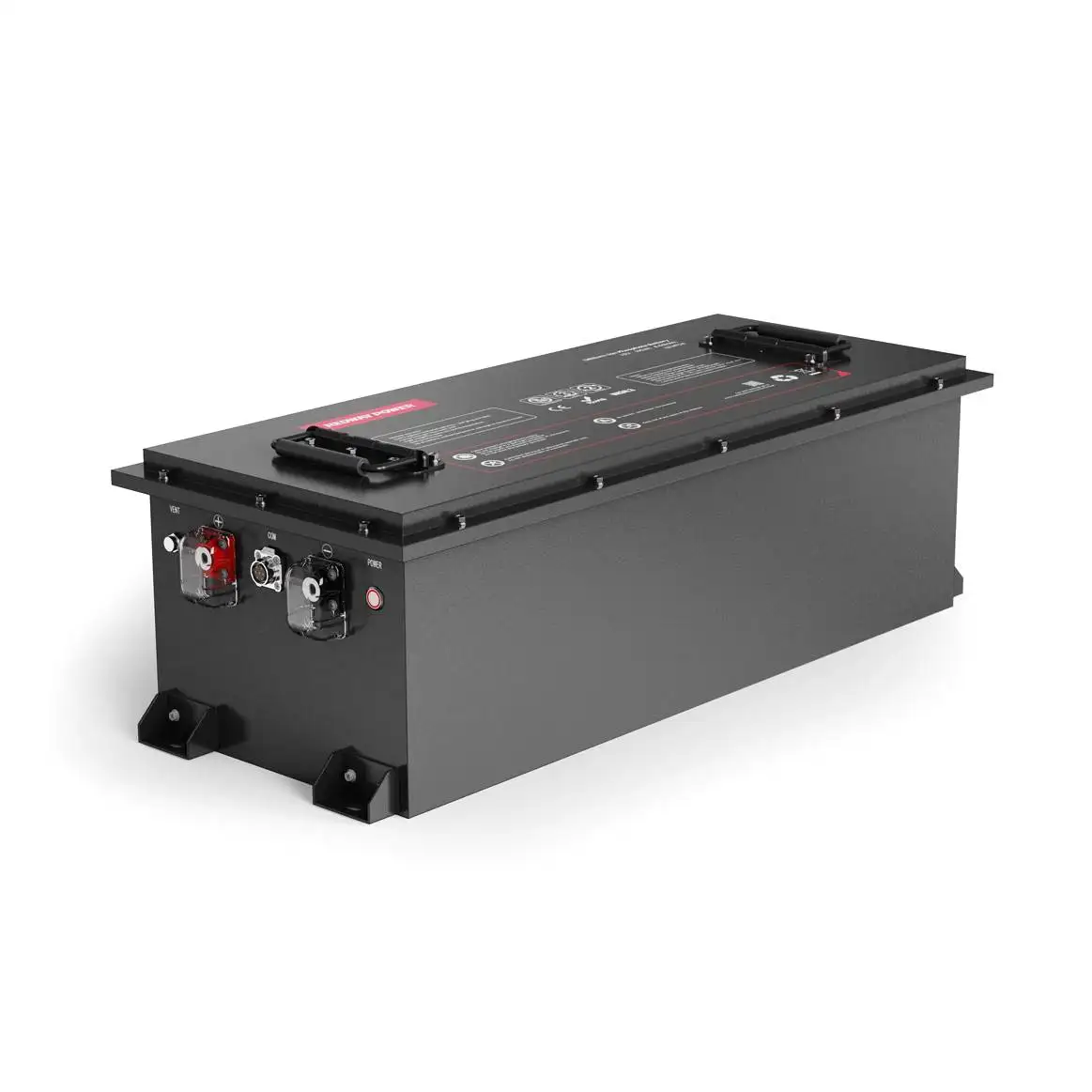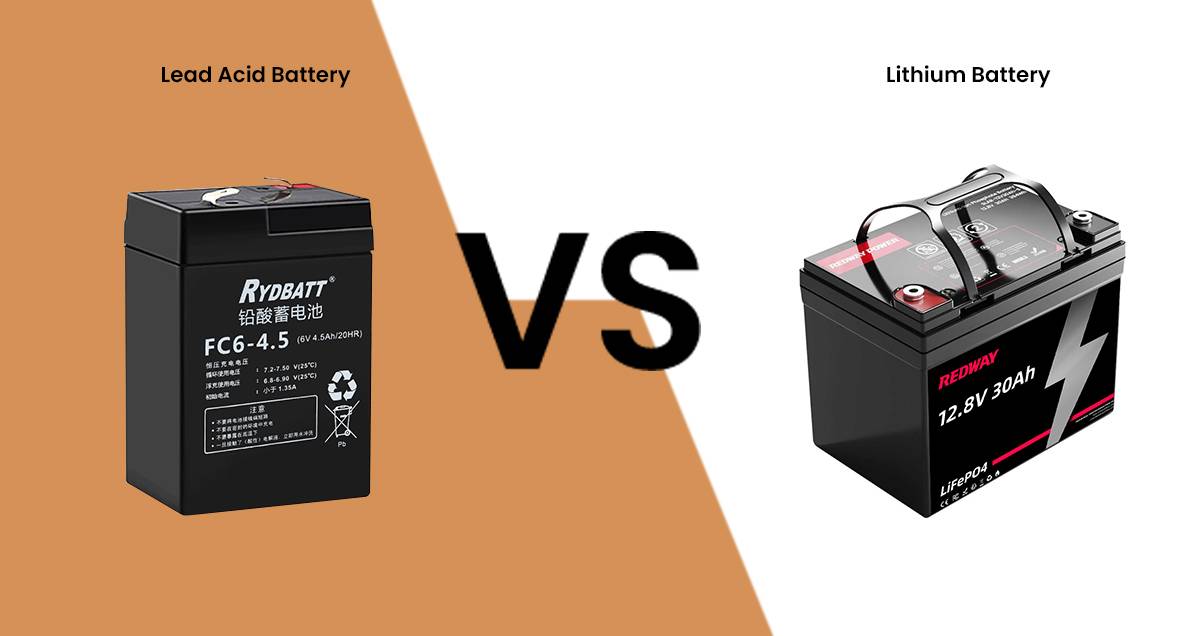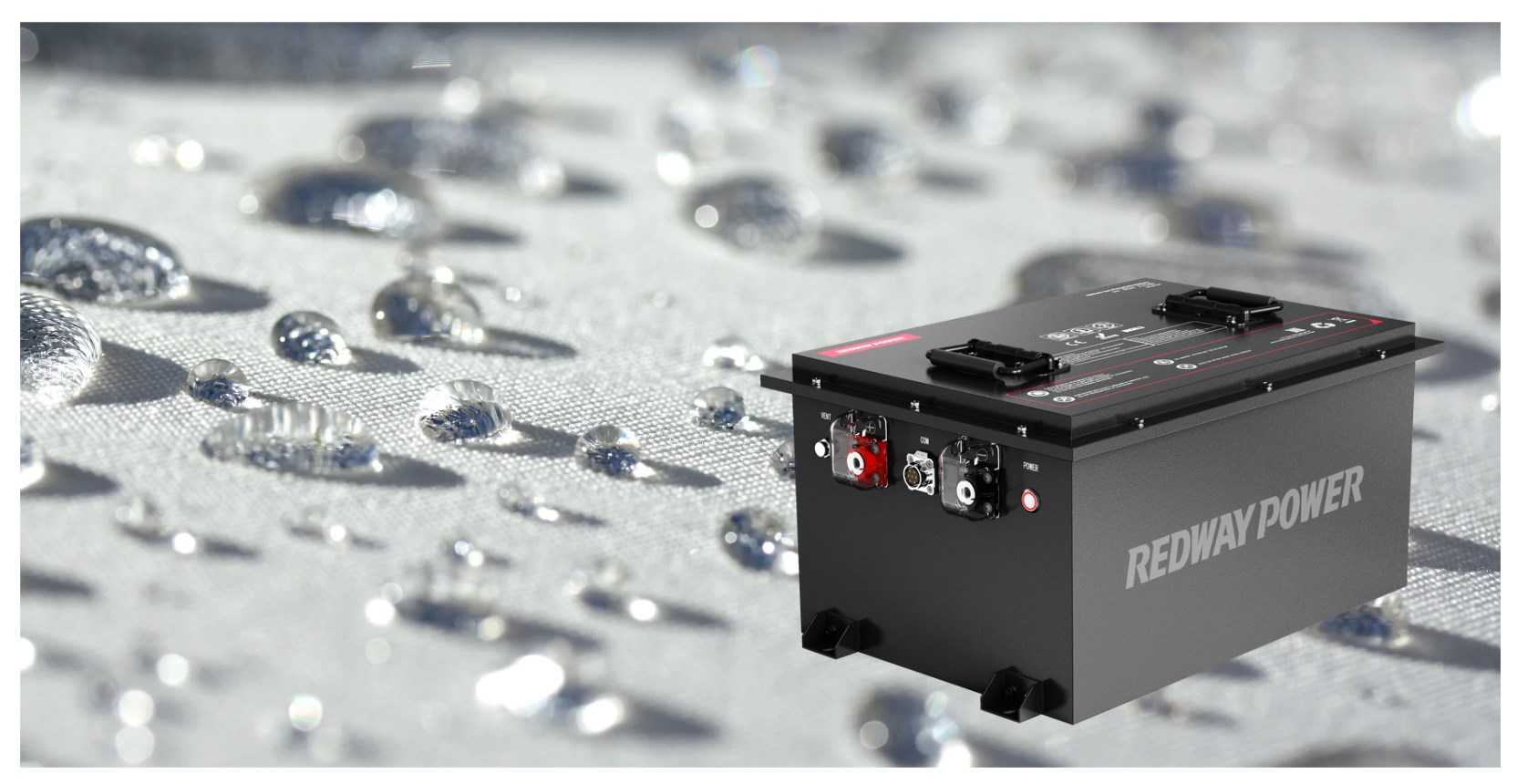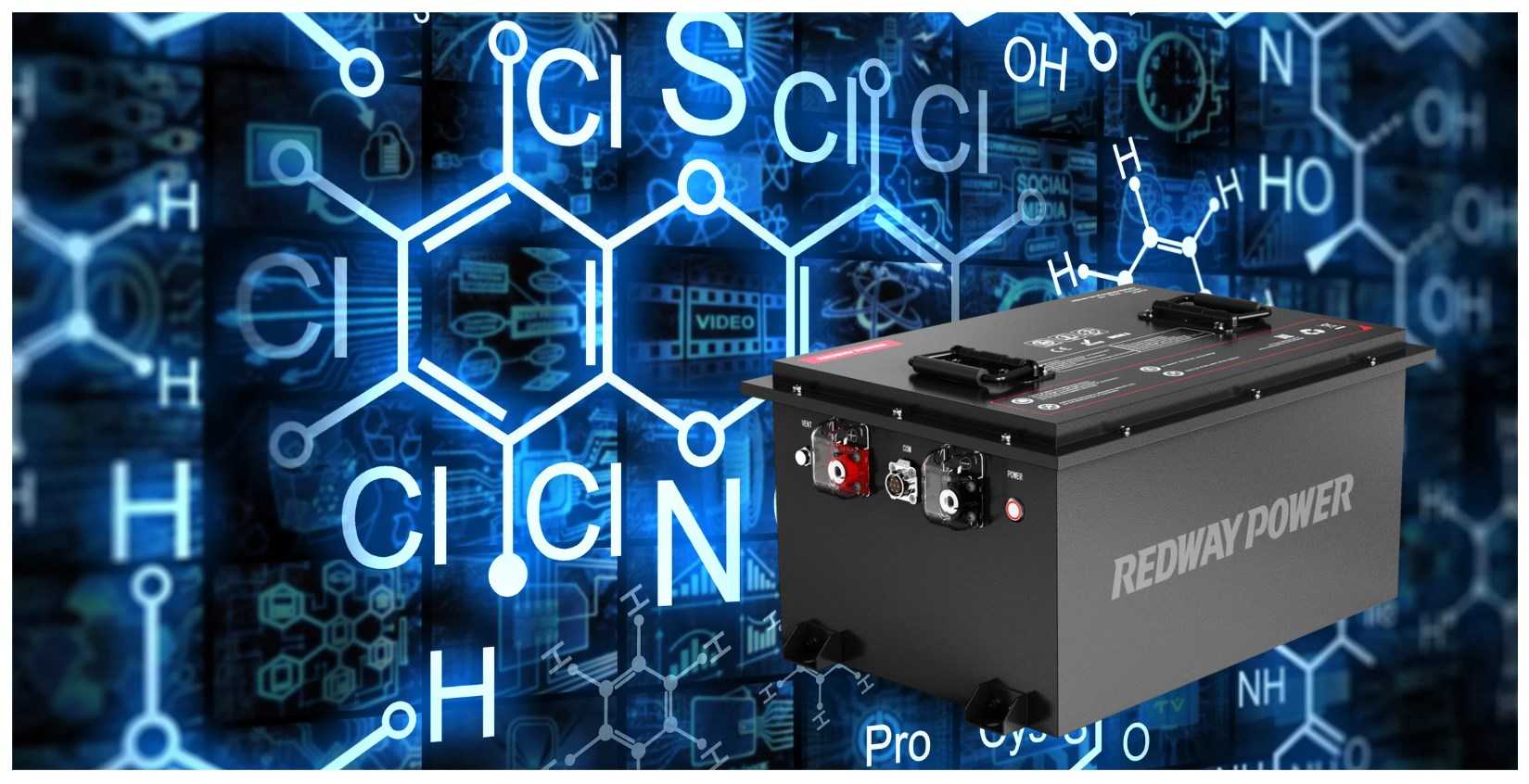Case in Canada: The Lithium Iron Phosphate Battery Market Is Growing
Welcome to our blog exploring the world of lithium iron phosphate batteries! If you’re curious about the latest in battery tech and its role in creating a sustainable future, you’re in the right place. In this article, we’ll uncover the benefits of these batteries, share a captivating case study in Canada, discuss their environmental impact, explore adoption challenges, and provide insights into their promising future. So, join us as we delve into this electrifying topic together!
Advantages of Lithium Iron Phosphate Batteries
Lithium iron phosphate (LiFePO4) batteries stand out as a superior energy storage solution with several key advantages. From high energy density to enhanced safety features, these batteries offer a range of benefits for diverse applications.
Advantages of Lithium Iron Phosphate Batteries:
- Compact and Powerful: LiFePO4 batteries boast remarkable energy density, making them ideal for applications with limited space, such as electric vehicles and portable electronics. Their compact size doesn’t compromise power delivery, providing efficient energy storage in confined settings.
- Long-Lasting Reliability: A standout feature is their impressive cycle life. LiFePO4 batteries endure numerous charge-discharge cycles with minimal degradation, ensuring longevity and reliability over an extended period. This makes them a cost-effective and durable choice for various industries.
- Safety First: Prioritizing safety, LiFePO4 batteries excel in stability. Unlike some lithium-ion chemistries, these batteries inherently minimize the risk of thermal runaway or combustion, ensuring a secure and reliable power source for diverse applications.
- Rapid Charging Capability: In a fast-paced world, quick charging is essential. LiFePO4 batteries offer excellent charging capabilities, allowing them to charge at high rates without compromising safety or overall performance. This feature is particularly advantageous for applications demanding swift energy replenishment.
- Versatile Temperature Performance: Operating efficiently across a wide temperature range sets LiFePO4 batteries apart. Whether facing scorching heat or freezing cold, their versatility ensures consistent performance, addressing temperature-related challenges that other batteries may encounter.
- Eco-Friendly Choice: With a growing emphasis on sustainability, LiFePO4 batteries are gaining popularity due to their minimal environmental impact. Compared to traditional lead-acid batteries and certain lithium-ion types, they align with eco-conscious practices, making them an environmentally friendly energy storage option.
In summary, the compact design, long cycle life, safety features, fast charging, temperature tolerance, and environmental friendliness collectively position LiFePO4 batteries as an attractive and reliable choice for industries prioritizing efficient, durable, and sustainable energy storage solutions.
Case Study: Implementation of Lithium Iron Phosphate Batteries in Canada
Canada is actively embracing sustainable solutions to address climate change, with a notable focus on lithium iron phosphate (LiFePO4) batteries. These advanced energy storage systems have been successfully implemented in various applications, showcasing their potential in reducing greenhouse gas emissions.
Case Study: Electrification of Public Transportation in Vancouver
- Improved Public Transportation: Vancouver’s transit agency initiated a pilot project introducing electric buses powered by LiFePO4 batteries. These buses not only delivered a quieter and smoother ride but also eliminated harmful emissions associated with traditional diesel engines, marking a successful transition to eco-friendly public transportation.
Case Study: Renewable Energy Storage in Ontario 2. Renewable Energy Storage: In Ontario, LiFePO4 batteries are employed to store energy generated from solar panels. This innovative approach allows homeowners and businesses to efficiently use clean energy during peak production hours, emphasizing the adaptability and effectiveness of LiFePO4 batteries in diverse applications.
Challenges and Future Outlook 3. Challenges and Future Prospects: While LiFePO4 batteries demonstrate versatility, challenges persist, particularly in the initial implementation cost and the need for charging infrastructure. Ongoing advancements in manufacturing processes are expected to address cost concerns, and investments in charging infrastructure will be pivotal for widespread adoption across Canada.
Conclusion: The successful implementation of LiFePO4 batteries in Canada, from enhancing public transportation to storing renewable energy, showcases their potential as reliable and eco-friendly alternatives. Overcoming challenges and investing in infrastructure will be crucial for ensuring these batteries contribute significantly to Canada’s sustainable energy landscape.
Impact on the Environment and Climate Change
Lithium iron phosphate batteries are gaining attention for their potential to combat climate change by offering a cleaner alternative to traditional fossil fuel-powered vehicles. Their impact on the environment is notable, primarily through reduced emissions, efficient storage of renewable energy, and a more environmentally friendly manufacturing process.
Impact on the Environment and Climate Change:
- Reduced Carbon Footprint: Lithium iron phosphate batteries play a crucial role in reducing the carbon footprint, particularly in the transportation sector. Unlike traditional vehicles emitting harmful greenhouse gases, electric vehicles powered by these batteries offer a cleaner and sustainable alternative.
- Efficient Storage of Renewable Energy: These batteries excel in storing renewable energy from sources like solar or wind power, making them a valuable off-grid power source. This reduces reliance on fossil fuels and contributes to a more sustainable energy landscape.
- Environmentally Friendly Manufacturing: The manufacturing process of lithium iron phosphate batteries has a lower environmental impact compared to other battery technologies. The extraction of raw materials involves less damage to ecosystems and reduces water pollution, enhancing their overall environmental profile.
- Extended Lifespan: The longer lifespan of lithium iron phosphate batteries, compared to traditional lead-acid batteries, leads to fewer replacements over time. This results in reduced waste generation and a more sustainable approach to energy storage.
- Decreased Air Pollution: The adoption of electric vehicles powered by these batteries contributes to decreasing air pollution levels, especially in urban areas. Given that the transportation sector is a major contributor to air pollution globally, this shift plays a vital role in improving air quality and public health.
In conclusion, the positive environmental impact of lithium iron phosphate batteries, from reduced emissions to efficient energy storage, positions them as a promising solution to mitigate climate change effects and foster a cleaner, sustainable future.
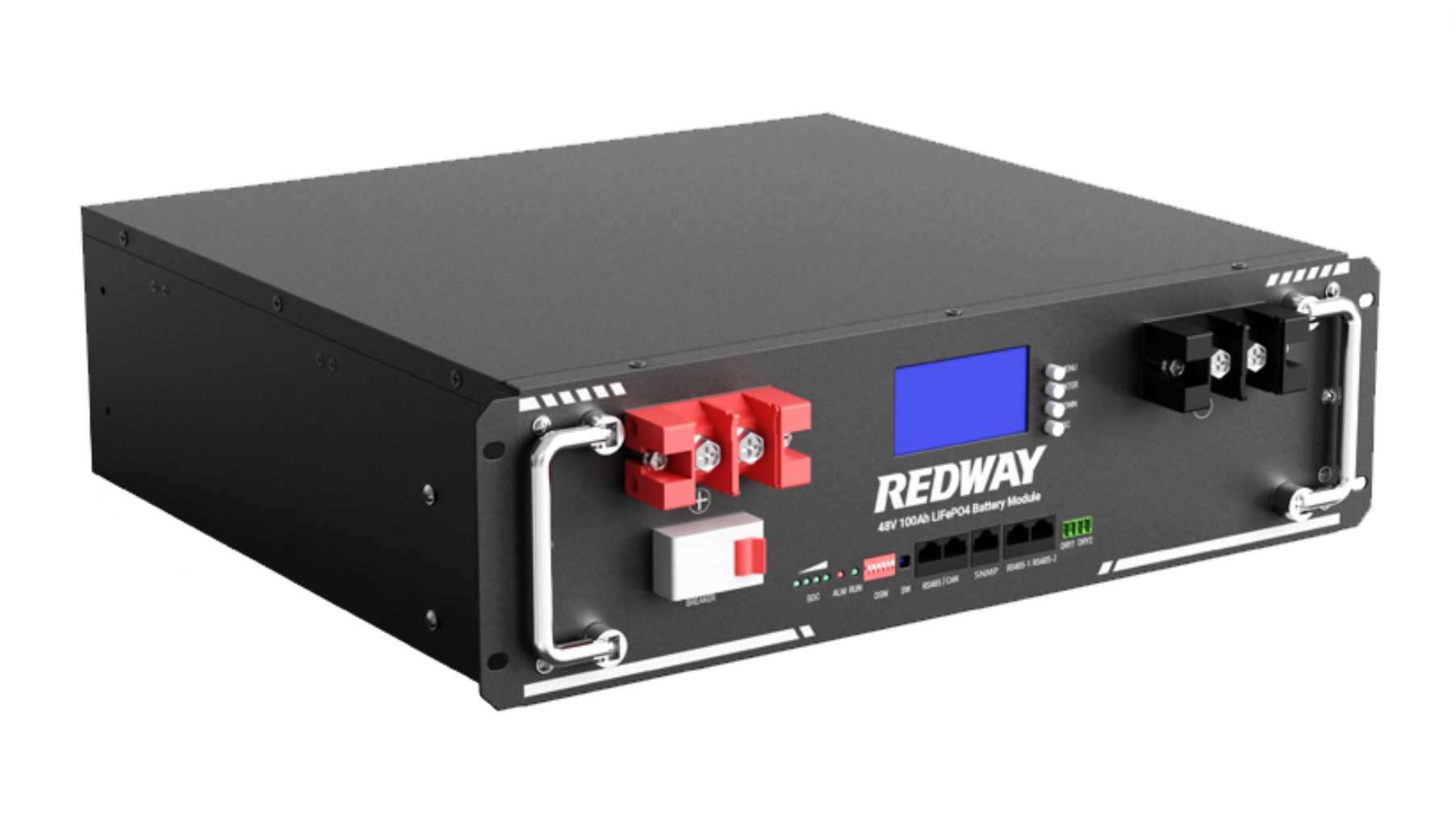
Challenges and Solutions for Widespread Adoption
Widespread adoption of lithium iron phosphate batteries in Canada faces challenges, including initial costs, charging infrastructure limitations, awareness gaps, and environmental concerns. However, strategic solutions can pave the way for embracing this clean energy solution.
Challenges and Solutions:
- Initial Cost: Overcoming the higher upfront cost of lithium iron phosphate batteries compared to traditional options requires recognizing their long-term benefits. With a longer lifespan and higher energy density, these batteries offer substantial savings over time.
- Charging Infrastructure: To encourage adoption, there’s a need for a robust charging station network across Canada. Addressing range anxiety and promoting electric vehicles powered by lithium iron phosphate batteries hinges on substantial investment in charging infrastructure.
- Education and Awareness: Dispelling misconceptions about lithium iron phosphate batteries requires clear communication about their advantages, including faster charging times, longer cycle life, and enhanced safety features. Education plays a pivotal role in driving acceptance.
- Environmental Impact: Implementing targeted recycling programs for lithium iron phosphate batteries is a solution to mitigate environmental hazards associated with battery waste. Proper disposal and recycling maximize resource utilization and minimize environmental impact.
- Collaboration: Collaboration between government bodies, research institutions, manufacturers, and stakeholders is essential. This collaborative effort addresses technical challenges, optimizing battery performance, and establishing standards for widespread adoption.
In conclusion, investing in research and development efforts remains key to overcoming challenges and unlocking the full potential of lithium iron phosphate batteries as a clean energy solution in Canada. Continuous innovation can enhance efficiency, extend lifespan, reduce costs, and make these batteries accessible for all Canadians.
Future Outlook for Lithium Iron Phosphate Batteries in Canada
The future outlook for lithium iron phosphate batteries in Canada is promising, driven by clean energy demand, technological advancements, cost reduction, and government support.
Future Outlook:
- Clean Energy Demand: The increasing recognition of the need for clean energy solutions in Canada, driven by the urgency to reduce greenhouse gas emissions, positions lithium iron phosphate batteries as crucial for storing intermittent energy from renewable sources like solar and wind power.
- Technological Advancements: Ongoing advancements in technology and manufacturing processes are expected to drive down the cost of lithium iron phosphate batteries. This reduction makes them more accessible to individuals and businesses, while continuous research aims to improve their performance, capacity, efficiency, and lifespan.
- Government Support: The Canadian government’s initiatives supporting clean energy projects and battery storage systems create an environment conducive to innovation and development within the sector. These policies further contribute to the widespread adoption of lithium iron phosphate batteries.
- Advantages and Applications: Lithium iron phosphate batteries offer advantages such as safety features, a long lifespan, high-energy density, and environmental friendliness. They have already found applications in various sectors in Canada, including transportation (electric vehicles), residential buildings (off-grid applications), and industrial-scale projects.
In conclusion, the future of lithium iron phosphate batteries in Canada is bright, addressing challenges through continuous research and development efforts. With the growing demand for clean energy solutions and supportive government initiatives, these batteries are set to revolutionize the energy storage landscape in the country.







